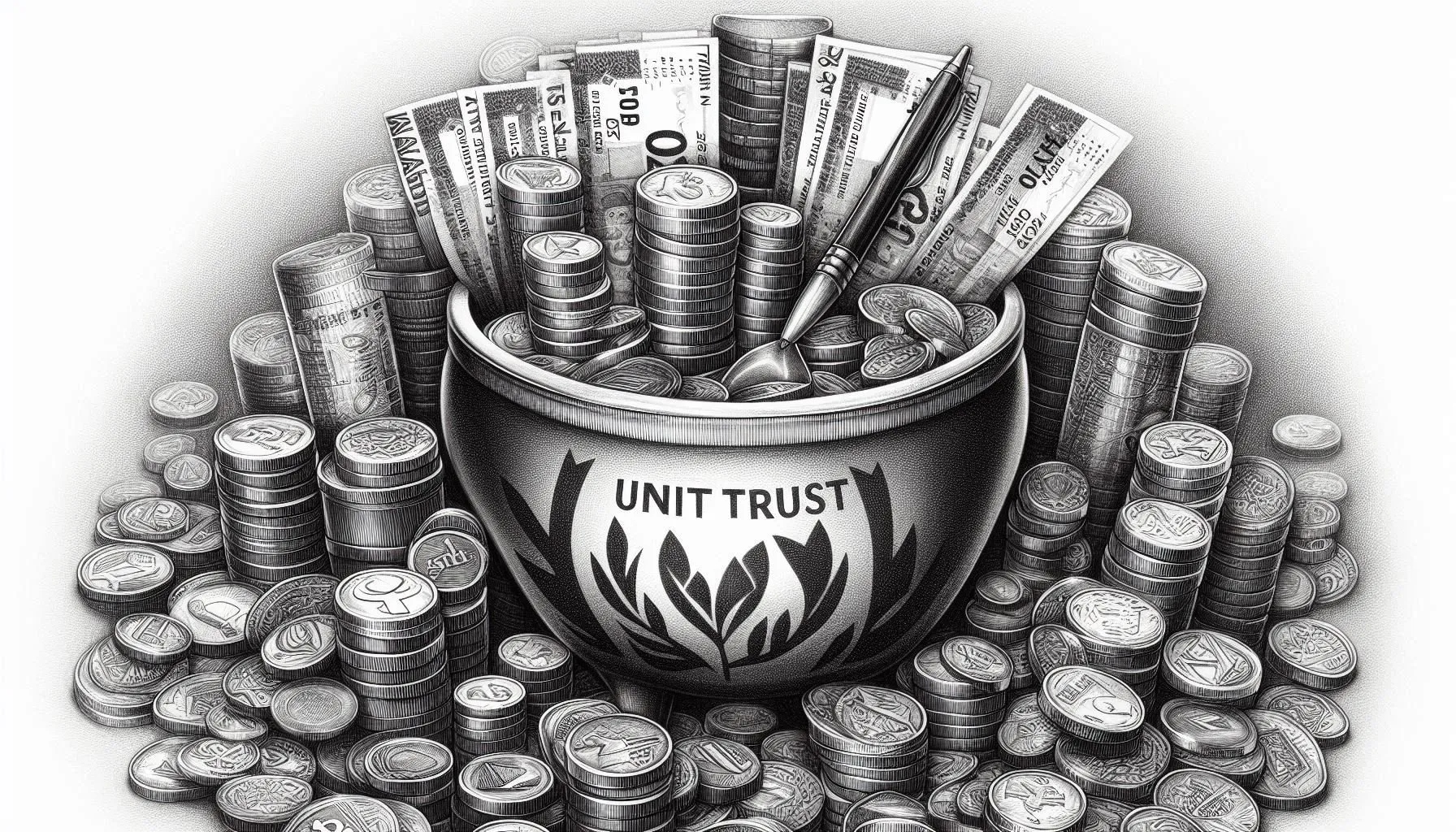Diversification Strategies: Minimizing Risk in Your Unit Trust Investment

Employ diversification as a method to reduce your Unit Trust investment risk
Diversification
When it comes to investing, one of the most important strategies to protect your wealth is diversification. Diversifying your unit trust investments helps spread your money across different types of assets, reducing the overall risk in your portfolio. This simple but effective strategy ensures that no single investment can dramatically harm your portfolio’s performance.
If you’re new to unit trusts and investment, don’t worry. In this article, we’ll explain diversification in easy terms and provide examples in Ringgit Malaysia (RM) to show how it works.
What is Diversification?
Diversification means spreading your investments across a variety of assets, such as stocks, bonds, and cash equivalents, rather than putting all your money into one type of asset. By doing so, you reduce the risk that comes from relying on one type of investment to perform well.
In simpler terms, imagine if you bought only one stock, and that company suddenly performed poorly. If all your money was in that one stock, your entire investment would be at risk. However, if you invest in a mix of stocks, bonds, and other assets through a unit trust investment, the poor performance of one investment will be balanced out by better performance in other areas.
Why is Diversification Important in Unit Trusts?
Unit trusts are a popular way for Malaysians to invest because they allow for easy diversification. When you invest in a unit trust, your money is pooled with other investors' money and managed by professionals. These managers invest in a variety of assets, which automatically diversifies your portfolio. The main benefits of diversification in unit trust investments are:
- Reduced Risk: If one investment in the trust underperforms, others may perform better, helping to balance out your returns.
- Steady Returns: Diversification helps smooth out the ups and downs of the market, giving you more consistent returns over time.
- Access to Different Markets: Unit trusts give you exposure to a wide range of assets, including foreign markets, which can provide additional opportunities for growth.
How to Diversify Your Unit Trust Portfolio
While unit trusts already offer diversification, you can further reduce your risk by spreading your investments across different types of unit trusts. Here are some ways to diversify:
1. Across Asset Classes
One of the simplest ways to diversify is to invest in unit trusts that focus on different asset classes, such as:
- Equity (stocks) – These unit trusts invest in shares of companies and offer higher potential returns but come with higher risk
- Bond – These invest in bonds issued by governments or corporations, offering more stability but lower returns compared to equities
- Money Market – These invest in cash-equivalent securities like Treasury bills or fixed deposits and are low risk, but the returns are also relatively low
- Balanced and Mixed Asset (hybrid) - Funds in this category offers a variable composition of equity, bond, fixed income and/or money market.
Examples
Let’s say you have RM10,000 to invest. Instead of putting all your money into an equity unit trust, you can split it up as follows:
- RM5,000 into an equity unit trust
- RM3,000 into a bond unit trust
- RM2,000 into a money market unit trust.
By spreading your investment across different asset classes, you balance the potential for higher returns with some safer, more stable investments.
2. Within an Asset Class
Even within one asset class, such as equities, you can diversify further. You can invest in unit trusts that focus on different sectors (like technology, healthcare, or finance) or different regions (like Malaysia, Asia, or global markets).
Example
If you want to invest RM5,000 in equity unit trusts, you can diversify it like this:
- RM2,000 in a Malaysian equity unit trust
- RM2,000 in an Asia-Pacific equity unit trust
- RM1,000 in a global equity unit trust.
This ensures that if one region or sector performs poorly, your investment in other regions or sectors may perform better, balancing the risk.
3. Geographic Diversification
Investing in unit trusts that hold assets in different countries is another way to diversify. By doing this, you reduce the risk of being overly exposed to the economic conditions of one country.
Example
Let’s say you invest RM10,000. You could allocate:
- RM6,000 in a unit trust that invests in Malaysian assets
- RM2,000 in a unit trust that focuses on the U.S. market
- RM2,000 in a global equity unit trust.
If Malaysia’s economy slows down, your investments in other markets may continue to grow, reducing the impact on your overall portfolio.
Why Diversification Works
Markets are unpredictable, and no one can predict exactly how different assets will perform over time. However, by spreading your investments across different assets, sectors, and regions, you reduce your reliance on any single investment. In times of market volatility, diversified portfolios tend to perform better because they’re not exposed to the full brunt of any single downturn.
For example, during the 2020 economic downturn caused by the COVID-19 pandemic, certain sectors like technology and healthcare continued to perform well, while others like tourism and retail were hit hard. If your portfolio was diversified across different sectors, you would have benefited from the strong performance of technology stocks while minimizing losses in other sectors.
How Unit Trust Fund Managers Help with Diversification
Unit trust fund managers are professionals who use their expertise to select a mix of assets for the fund. They aim to create a well-diversified portfolio to reduce risk and maximize returns for investors. By investing in unit trusts, you benefit from their expertise without having to actively manage your portfolio.
If you're unsure about where to start, unit trusts can offer a hands-off way to diversify your investments, as the fund manager does the work of diversifying for you.
Conclusion
Diversification is a key strategy to minimize risk and protect your unit trust investments. By spreading your money across different asset classes, sectors, and regions, you reduce the chance of losing a significant portion of your investment if one market or asset class underperforms.
Whether you’re investing in equities, bonds, or even global markets, the idea is to ensure your portfolio isn’t reliant on one single asset to perform well. By using diversification, you can enjoy more stable returns and build long-term wealth with greater peace of mind.
As always, it’s important to do your research or consult a financial advisor to ensure your portfolio is appropriately diversified based on your financial goals and risk tolerance. Happy investing!
